My first stop in England, after the airport, is Hammersmith in West London. I will be staying here for ten nights, at Hellenic by Saba, on Shepherds Bush Road.
Hammersmith is now part of the London borough of Hammersmith and Fulham, but it used to be part of the historic county of Essex. The current borough was created in 1965.
Anyone who has visited London will know the accommodation can be a bit pricey, so Hammersmith is a good location because it is cheaper than central London and Hammersmith tube station provides great access to a lot of places that I intend to visit. As an added bonus, Hammersmith is one of the places in London that some of my family lived, so some of my destinations are within walking distance. The room is pretty small, not even a desk, so my laptop is living up to its name on my lap.
Today was a quiet one, as I needed to recover from the flight! So I spent just a few hours walking around.
The grandmother of my father’s biological father was Sarah Elizabeth Redknap. Her father and grandparents lived on the Lower Mall in Hammersmith in the 1830s and 1840s. I do not know when they first arrived there, it may have been in the 1820s but I have not found records from that time.
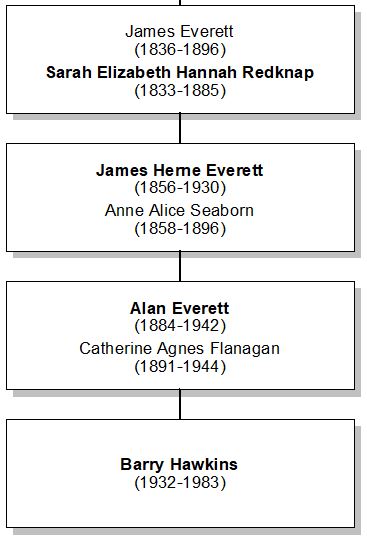
But my first stop was St Pauls Church on Queen Caroline Street. The current church on the site was built in 1883, so unfortunately it is not the one that my family would have used and a lot of the land was sold off at various times for road construction, so the family burials are all gone. But it is still a lovely building.
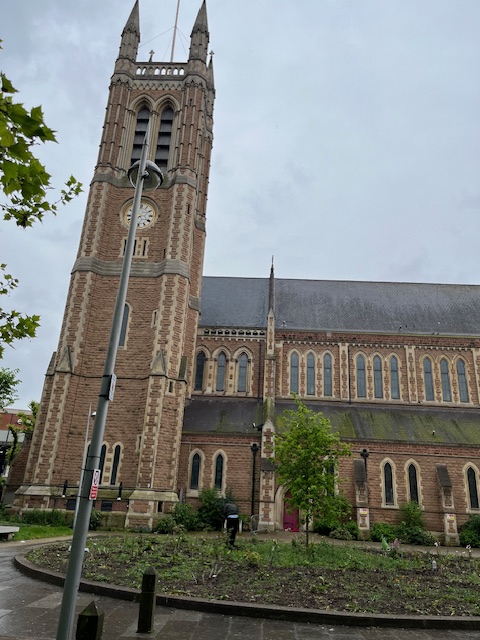
The church that my family would have known was built during the reign of Charles I and consecrated on 7 June 1631. It was built of brick, with a large square tower containing six bells. The ceiling was painted with the arms of England, roses, thistles and fleur-de-lis. Windows were painted with Moses and arms of benefactors, such as Sir Nicholas Crispe, a wealthy citizen of London. The floors were paved and pews were wainscoted. [1]

Sarah was baptised there in 1833, her brother Joseph in 1834 and her sister Georgina in 1836. Her grandfather was buried there in 1834, and perhaps also her grandmother Elizabeth but I have yet to find her burial record.
England is finding more and more of their own history is connected with slavery, and I find it interesting to observe how organisations are rewriting history to acknowledge this. Nicholas Crispe, the benefactor of this church, was a slave trader, which means that the church (and other buildings in Hammersmith) was built on the proceeds of slaving.[2]
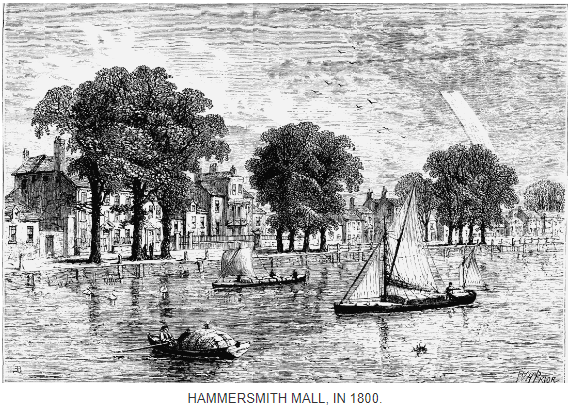
After St Pauls I headed down to Lower Mall, which is where the family lived. Lower Mall is the name of the walkway from Hammersmith Bridge through Furnivall Gardens to the historic pub called The Dove. West of The Dove is it called Upper Mall. The division between the two used to be Hammersmith Creek, crossed by a wooden footbridge known as the High Bridge, which was erected by Bishop Sherlock in 1751. The creek was filled in 1936 and Furnivall Gardens created in 1951. The creek had been navigable for small vessels and Thames sailing barges.[1]
The council has kindly installed an interpretative sign in the gardens, which provide a bit of history and I was very pleased to see the photo below, of barges on the creek. I suspect that family lived on this creek, rather than in one of the fancy houses you can see in the featured image of this post.
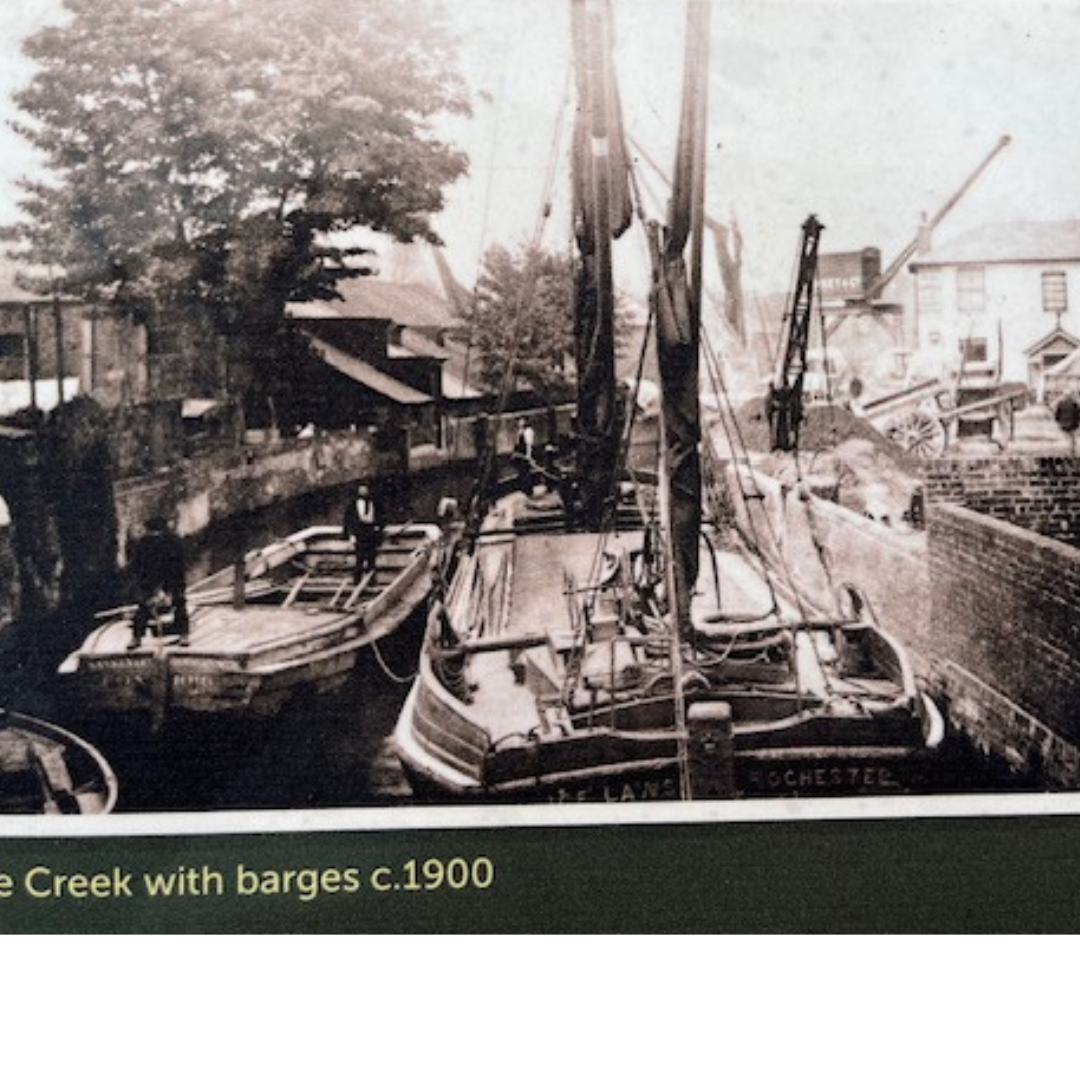
The men of the Redknap family, like many other residents of the Lower Mall, were lightermen. A lighterman was a man who ferried goods on the Thames, not passengers. The lighters were large boats used to carry goods between vessels in the river and the docks or the shore.
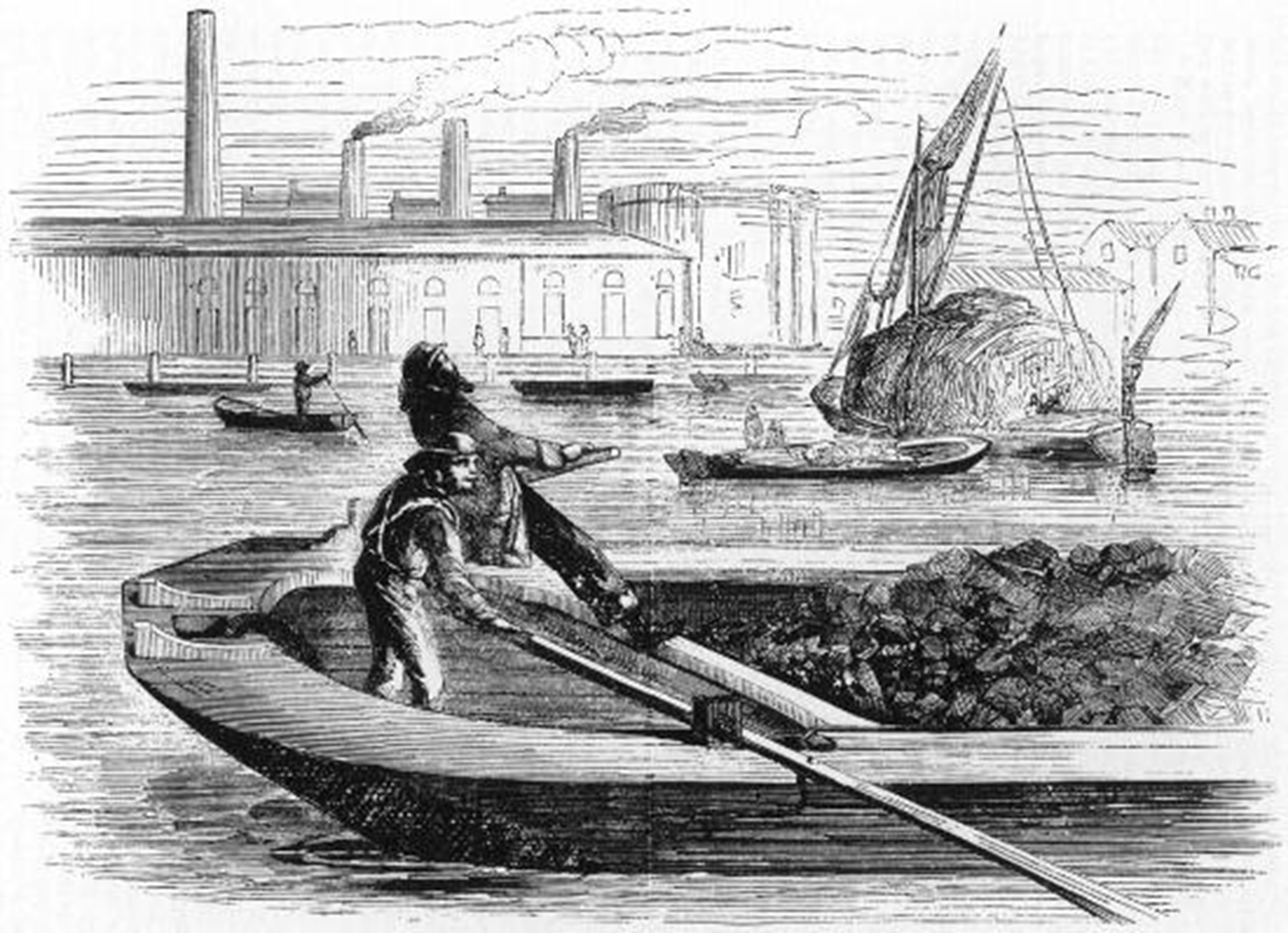
‘Lighters can only proceed with the tide, and are often moored in the middle of the river, waiting the turn of the tide, more especially when their load consists of heavy articles. The lighters, when not employed, are moored alongshore, often close to a waterman’s stairs. Most master-lightermen have offices by the waterside, and all have places where “they may always be heard of”. Many lightermen are capitalists, and employ a number of hands.’ [3]
‘The lightermen differ little in character from the watermen, but, as far as their better circumstances have permitted them, they have more comfortable homes…. they can all, with very few exceptions, read and write. They all reside near the river… They are a sober class of men… A drunken lighterman, I was told, would hardly be trusted twice.’ (Mayhew, 1861) Some lighters were the property of the men who drove them and were generally more prosperous than the watermen (Mayhew, 1861).
The census of 1841 lists 1503 lightermen and 1654 watermen in London. (Mayhew, 1861)
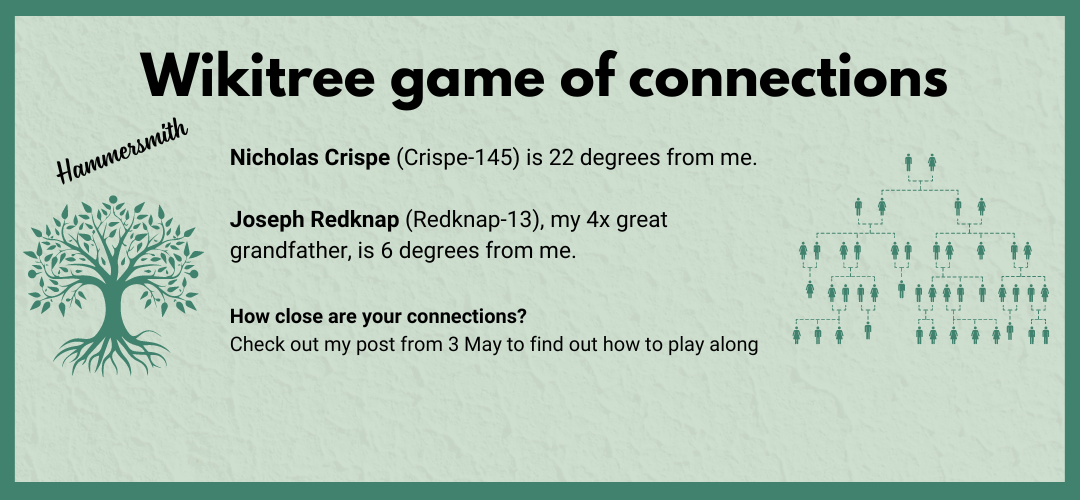
Sources
- Old and New London: Volume 6. Originally published by Cassell, Petter & Galpin, London, 1878.
- Porter, R., ‘The Crispe family and the African trade in the Seventeenth century’, The Journal of African History, pp. 57-77; Anon, ‘HUC and slavery‘, Hammersmith United Charities, accessed 23 April 2024.
- Mayhew, Henry, London Labour and the London Poor, ; a cyclopaedia of the condition and earnings of those that will work, those that cannot work, and those that will not work, 4 vols, 1861. public domain. London: Griffin, Bohn and Co., 1861-2 [accessed at http://www.gutenberg.org]
- See my family tree on Ancestry, called RustenIvy Family Tree, if you need sources for the family information in my blog posts.
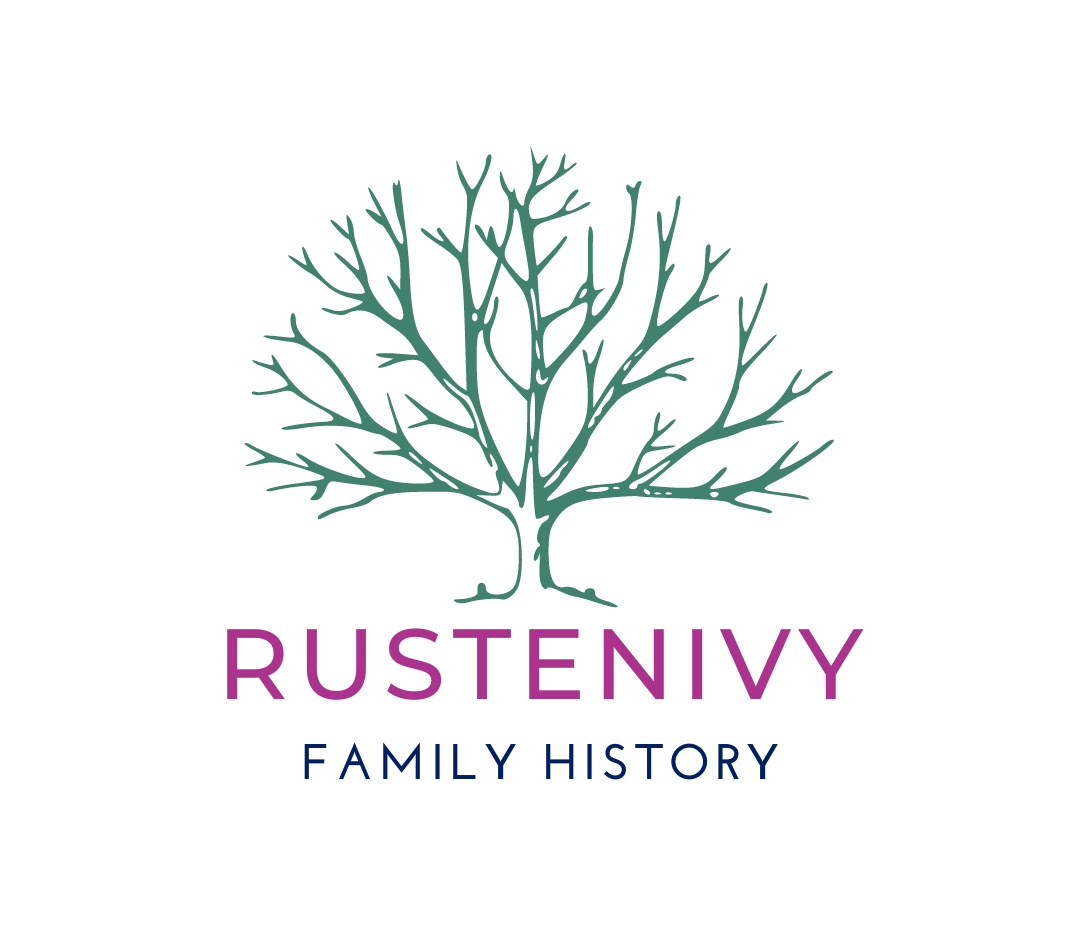


1 thought on “Hammersmith and my Redknap family”
Comments are closed.